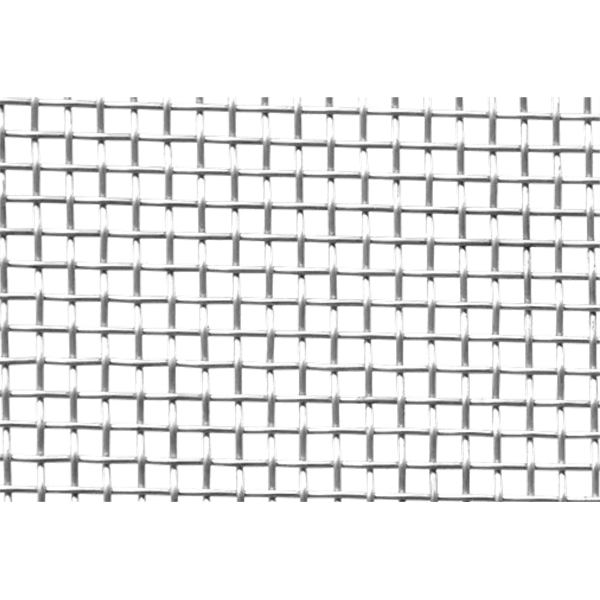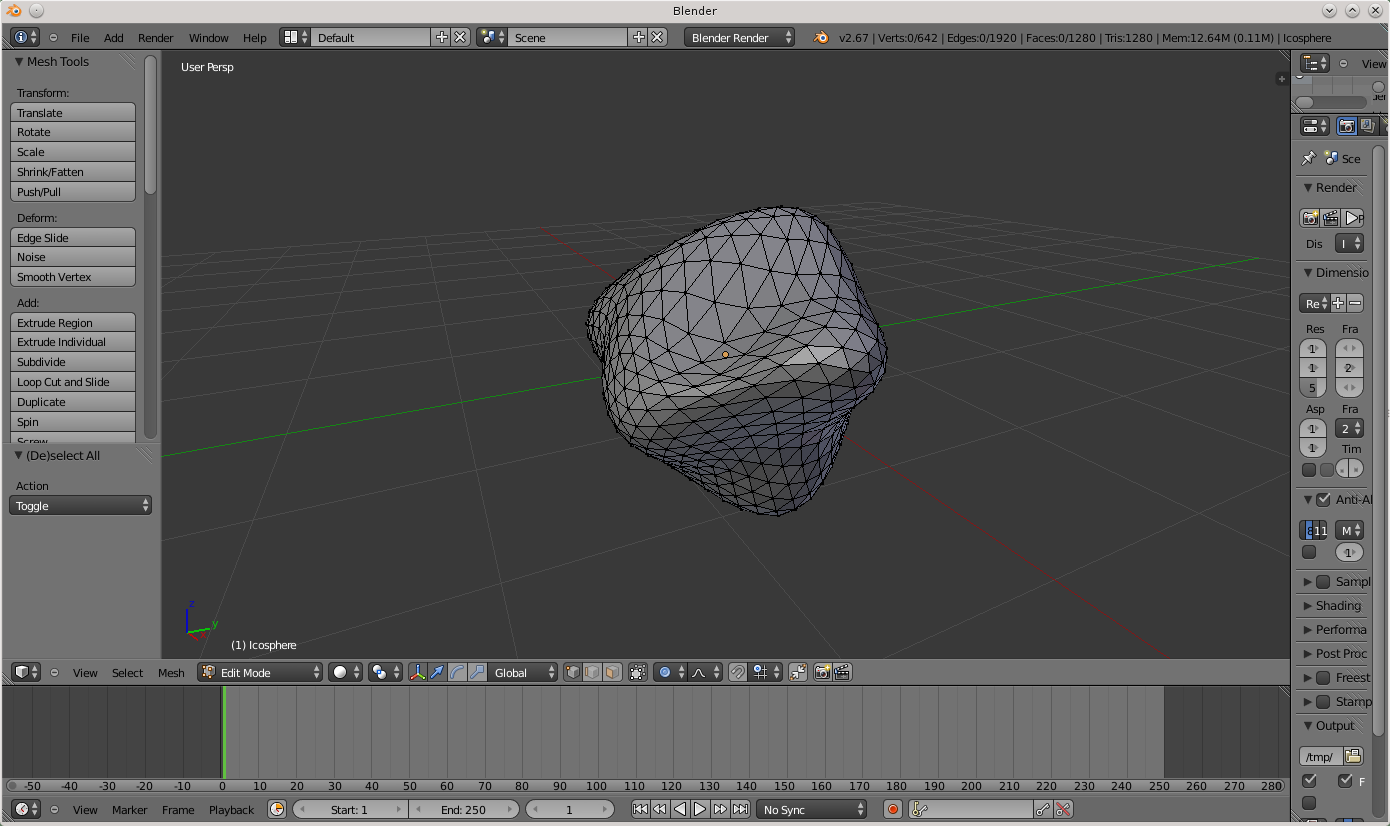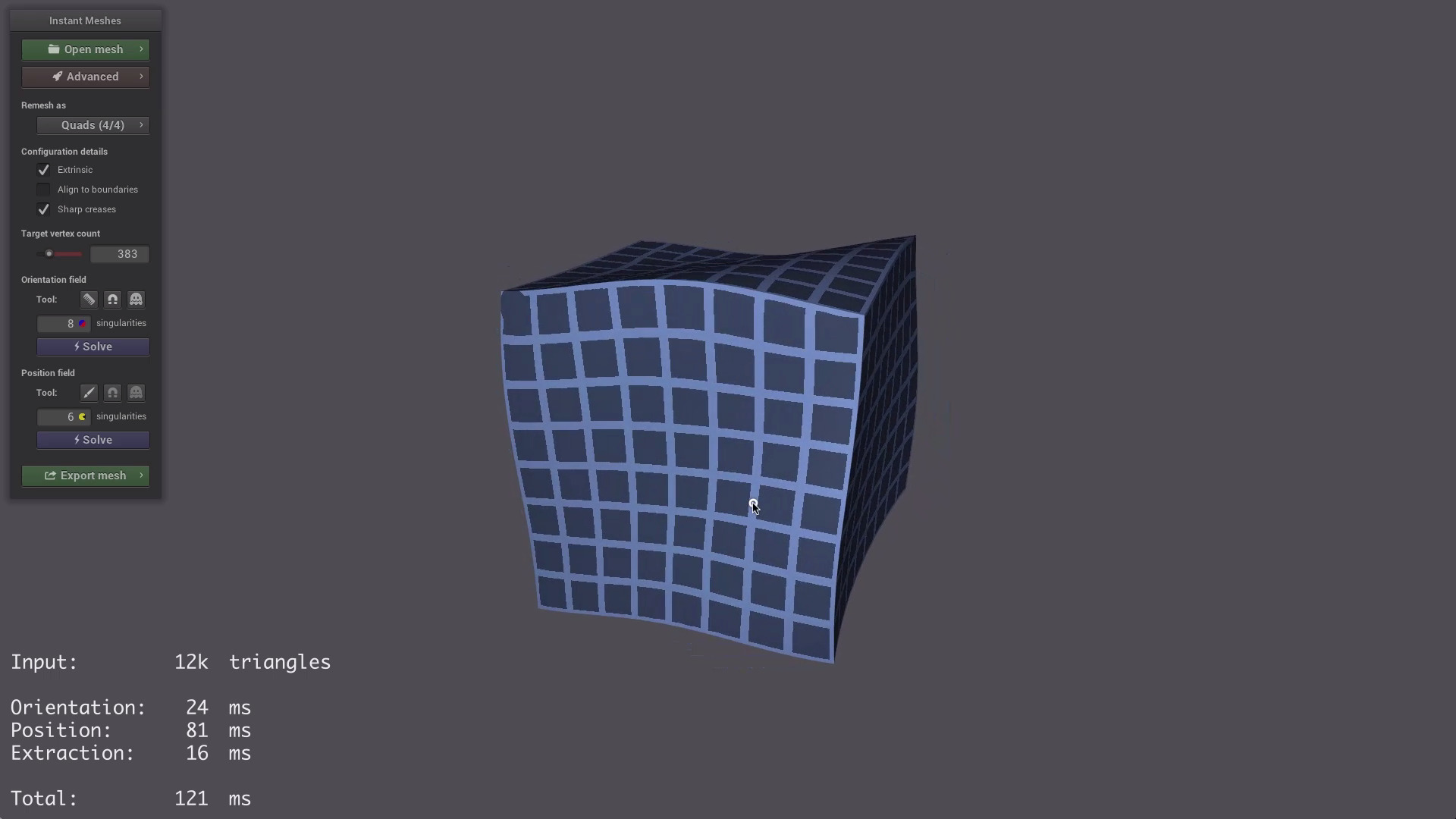


Lightmap textures can not "wrap around" the same way as regular texture mappings.įor these reasons, lightmap UVs are typically generated-or packed-from simpler UV mappings.įor example, this pillar's texture mapping UV channel maps the geometry of each of the four sides to the same overlapping areas of the texture.

In addition, all UV coordinate values must fall between 0 and 1. Each triangle must cover its own area in the texture. Because every part of an object usually receives different amounts of lighting, no two triangles in the mesh can overlap in the 2D texture space. UV channels used for lightmaps have to follow some special rules. When you have lights in your Level that have their Mobility setting set to Stationary or Static, and you build the lighting for your Level, the Lightmass tool saves the indirect lighting (and direct lighting for Static lights) to lightmap textures, using a UV channel to determine the mapping between the 3D geometry of the Static Mesh and the 2D texture space. A lightmap is a special kind of texture that stores precomputed lighting information for Static Meshes. Lightmaps: UV channels are also used to store and apply lightmaps. However, you can choose to clamp these values instead in your Material, limiting them to a minimum value of 0 and a maximum value of 1. For example, a V value of 1.25 is usually treated as 0.25.

Texture coordinates are usually kept between 0 and 1, where (0,0) represents the bottom left of the texture, and (1,1) represents the top right. However, this is not always true. By default, when a U or V value exceeds 1 or is below 0, the Material will "wrap" around to the other side of the texture. The U in "UV channel" refers to the horizontal axis of the texture the V refers to the vertical axis. An overlap just means that the same part of the texture gets applied to multiple parts of the 3D Static Mesh geometry.
Mesh unfolder sample full#
When you use this UV Channel (set by the Coordinate Index property of the TexCoord node), the Material applies the full width and height of a texture to the plane. The Material uses the mapping between 2D coordinates and 3D vertex positions contained in the selected UV Channel to determine which areas of the texture should be used to shade what triangles in the 3D model.įor example, UV Channel 0 in this simple plane Static Mesh (shown at the top right of the following image) shows the simplest way to map the two triangles of the mesh (A and B) into texture space. Texture coordinates in Materials: When you create a Material that samples a texture map and applies it to the surface of a Static Mesh, you can use a Texture Coordinate (or Texcoord) node to specify a UV Channel. UV Channels have two main purposes in the Engine: However, the Editor does offer a few possibilities for working with the UV Channels of your models, outlined below on this page. You typically create and manage your UV mappings in a dedicated modeling tool-the same tool you use to create the geometry of your Static Mesh. These mappings define how 2D texture maps get wrapped around the 3D geometry when the mesh is rendered. Option 2: Projecting Mesh Geometry into a UV ChannelĪ UV Channel is a set of data within a Static Mesh that maps each of the mesh's vertices to coordinates in 2D space.


 0 kommentar(er)
0 kommentar(er)
